An outdoor garden pond can be the best way to house aquatic pond turtles year around given your turtles species can adapt to your geographical region. It’s said that if you live in a a hardiness zone below 7 you should bring your turtles in over the winter months and house them in an indoor turtle tank. With that said, there are many turtle breeds that are hardy enough to survive a winter with freezing cold temperatures.
The best bet is to only buy pond turtles that are native to your region but the following is a list of aquatic turtles that can adapt and live in a range of temperatures:
- Red Eared Sliders
- Painted
- Map
- Musk
- Mud
- Snapping
Related: Adding Goldfish and Aquatic Plants Into an Outdoor Pond
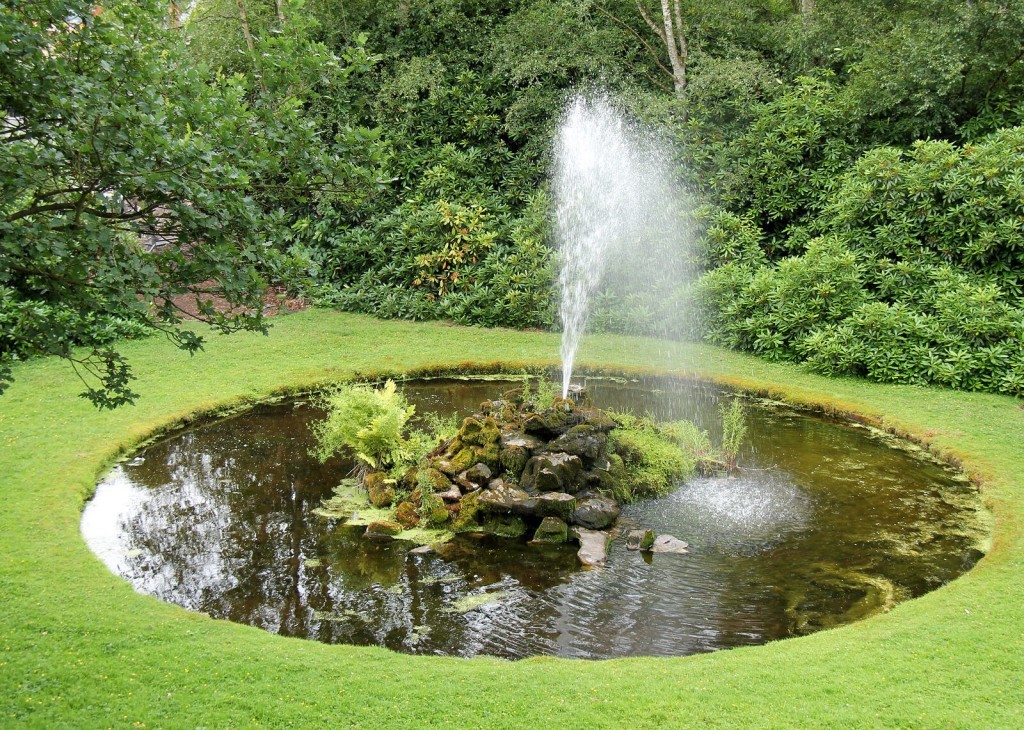
Planning Your Pond
- Place your pond in an area that gets lots of mid day sunshine and in an area that allows you to build an adequately sized pond for the amount of turtles you have.
- Avoid placing it next to any trees that will drop leaves into the water. These leaves will add to the bio-load and end up rotting on the bottom. Rotting leaves can add extra nitrates into the water and is a cause for lowered pH and elevated ammonia levels which can kill animal life.
- Excessive sun is a cause for algae but by providing plenty of live aquatic plants can help use up the nitrates need for algae blooms.
Obviously the amount of space you have available will play a large roll in how big your pond is but so is your budget and the amount of time you want to spend with upkeep. An expansive turtle pond really sounds great but in all reality it can be expensive and require many hours of upkeep. Some turtle owners opt for a smaller pond and some build one the size of a kiddie pool. These smaller ponds are more economical and easier to care for which is a plus but you also need to take into consideration how large your turtles are. If they are young and not yet fully grown, a smaller pond is a great solution but if they are large, you should strongly consider building a larger pond habitat; especially if you want to keep them outside year around.

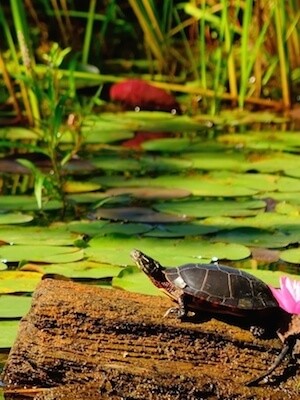
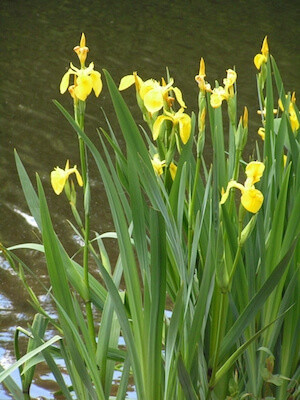
No matter what size of pond you have you need to think about the security of your pet turtles. You will need to build a fence or a wall to keep the turtles from wandering off and to keep predators from getting in and attacking them. If your pond is small and shallow, you might want to think about putting a wire mesh cover over the top of the pond. larger ponds usually give the turtles more protection since many predators won’t be able to catch a turtle that dives into deeper waters or that is basking out in the middle of the pond on an island or a partially submerged log.

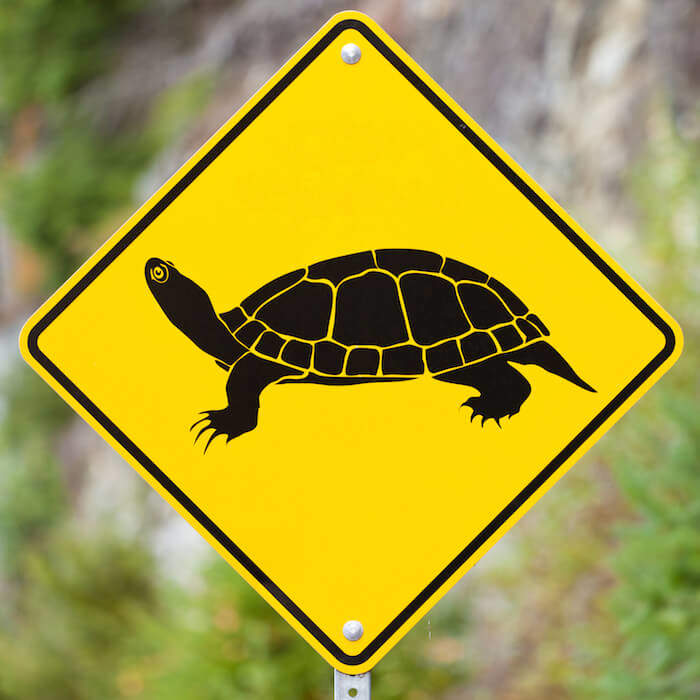
How to Build a Turtle Pond
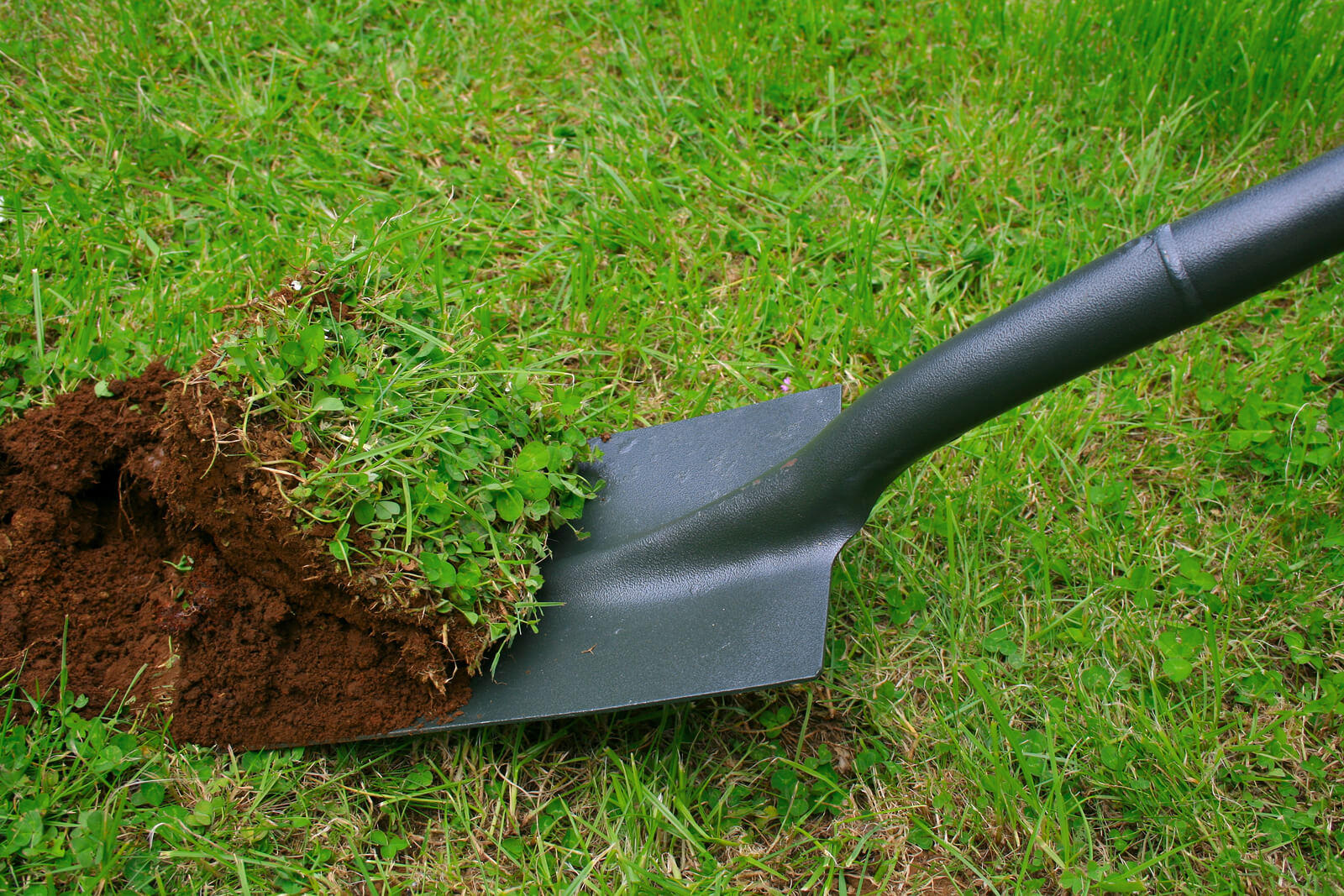
- Map out and dig your pond. Use a level to make sure all the sides of the pond are even so the water doesn’t flow out any low sides. Dig down to varying levels of depths to create shelves for your turtles and aquatic plants. Or if you decide to use a preformed hard plastic pond, excavate the hole for the pond slowly until it fits just right. A preformed pond is certainly easier than using a rubber liner but limits your pond size and depth.
- If you plan to add filtration or a skimmer, dig out the holes needed to house them and install the plumbing. Consult a pond professional to help you choose the best equipment and proper installation.
- Once you are happy with your pond size and shape, first place a pond underlayment fabric to help protect the rubber pond liner from sharp rocks or burrowing animals. Then add the rubber pond liner. Avoid excessive folds and wrinkles but some will be unavoidable.
- Fill the pond with your garden hose and add a dechlorinator to remove any chlorine from the water. The weight of the water will keep the liner flat and secured to the bottom of the pond.
- If you plan on adding external water features like a waterfall, this is the time to set them up. Again, consult a professional or read the instructions on how to setup the feature you have.
- Cover the edges of the pond liner with rocks. the liner should be elevated above the water level so spillage doesn’t erode the surrounding earth. There are several ways to make your pond edge look more natural and many involve using pond plants and pebbles or small rocks. A subtle shallow shelf with a lip to help keep the rocks from falling into the pond works best
- Use aquatic plant baskets to plant marginals around the edges of the pond. Place them on the shelves that you built. Secure them into place by using heavy sturdy rocks. Some good options for pond plants include water irises, lily pads, water hyacinth, anacharis or dwarf versions of cattails, rush or papyrus. Your turtles might snack on your plants so to avoid them from being completely destroyed, provide enough of them so the damage is spread out and allowing them to recover.
- Add a semi submerged log or two (real or prefabricated) or a floating island that can be used to grow plants and a place for your turtles to bask on.
- Add your pond turtles and any fish you have. Consider using goldfish or minnows since they don’t require warm water temperatures to survive.
- Build a fence several feet back from around the perimeter of the pond to keep predators and small children out yet allow the turtles to walk around without being able to wander off. The bottom of the fence should be dug down about ten inches and should have a solid base so your turtles can’t tunnel out or get stuck in.
Related Content
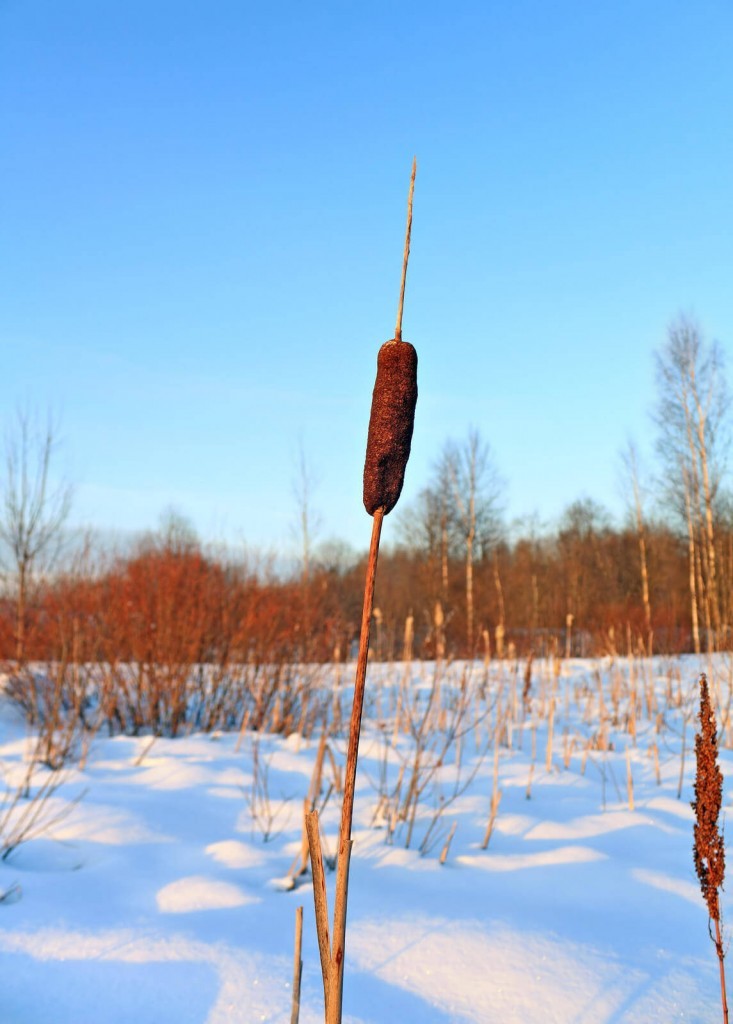
Hibernating Pond Turtles
The reason many pond turtles can survive freezing cold winters is because at around 50*f (10*c) turtles go into a state of hibernation or brumation. As the temperatures drop into the 60’s (15*c) pond turtles will begin to eat less and eventually stop eating all together. When it drops to 50*f, the turtles will either lay on the bottom of their pond and hibernate. Some breeds like the mud and musk turtles will choose to dig into the mud while breeds like the red eared slider will just lay on the bottom.
Hibernating occurs naturally in the wild so it can be assumed that it is healthier for your pond turtles to hibernate as well. However proper turtle care involves only hibernate healthy turtles. Additionally, juveniles due to their size don’t tend to handle cold temperatures as well as fully grown turtles (See Related: Hibernate Box Turtles and Tortoises).
Winterize a Garden Pond for Your Turtles
- If you want to hibernate your pond turtles outside, you will need a pond that is several feet deep and has a large surface area. The depth creates a buffer from the outside air temperatures and the water at the bottom of the pond can be much warmer than it is on the surface. Submersible pond heaters set to 50*f can help keep the water from dipping any lower. Note: consider turning off water features since it will significantly lower the water temperature. Also keep the pond from freezing over by adding a floating heater or some other device that keeps a pond from freezing over.
- A turtles that is in hibernation breathe underwater by taking in the oxygen from the water and passing it over the soft tissues in its mouth and cloaca. While its metabolism slows down greatly and requires less breathing, it still need a well oxygenated pond to survive. A large surfaces area on a pond maximizes the exchange of gases (it adds more oxygen into the water). Note: remove any rotting vegetation as it changes the pH and makes the water quality poor.
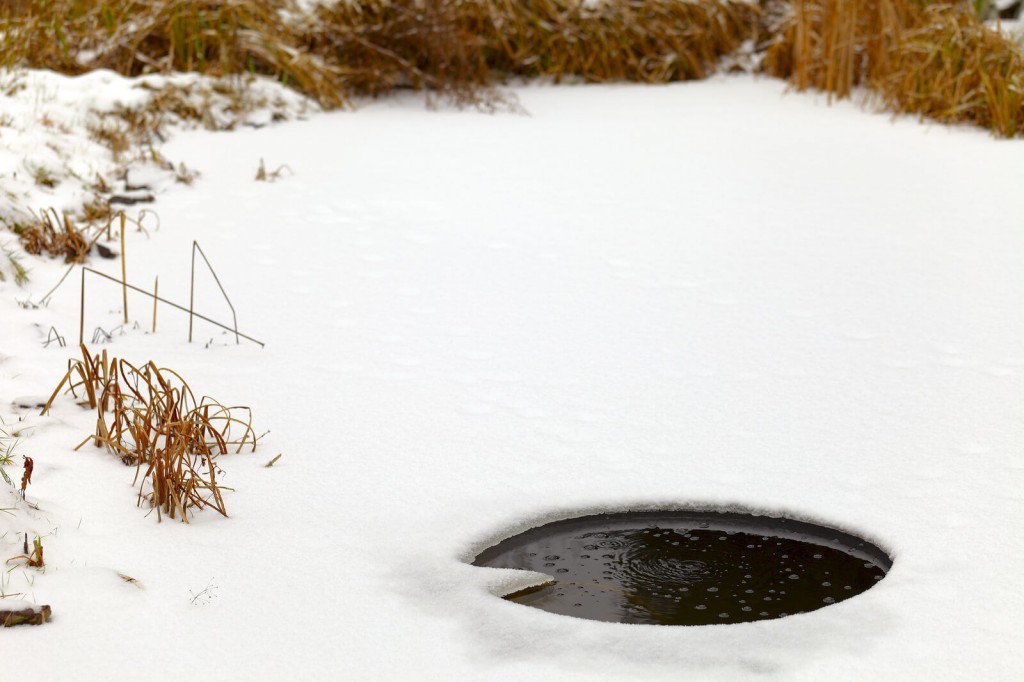
Build a Hibernation Tank
It’s best to hibernate your pond turtles in their outdoor pond but you can also build them a tank for the winter. This type of setup makes it easier to to keep the water parameters ideal (temp and oxygen).
- In October when the temperatures drop into the low 60’s, stop feeding your pond turtles for several weeks to allow them to empty their digestive tracts. Any leftover waste will likely rot and lead to health problems in your turtles.
- Place a large tub or bin (the larger the better) into your basement, garage, shed or barn and fill it with pond water or garden hose (use a dechlorinator).
- Add a layer of soil and sand so your turtles can dig into or lay on top of.
- Add an aquarium filter, air-stone and heater to help keep the water clean, the oxygen flowing and the water temp above freezing (32*F 0*C)
- Cover the top with more insulation
- Check the turtles every week and remove any turtles that look week or sick. Place these into an indoor turtle tank.
Reviewed By: Tim Winter

Tim Winter has a strong affection for pets and wildlife. His years of experience caring for various types of pets has led him to share his knowledge with others on the best practices in pet care. Tim holds a Bachelor of Science from the University of Oregon School of Journalism and Communications.

yes I have 3 red ear turtles , found them in my swimming pool in Tennessee as little babies. 18 months later they are about 6-7 inches across shell. they have lived in aquarium but now building pond out side for them. pond is about 16 foot by 26 foot with liner in bottom but maybe not deep enough for winter. do i have to bring them in side . they have been living outside in a fountain 4ft dia. this summer .
I live in Highlands of scotland . I have 3 turtles .yellow belly slider. Musk.false map . They lived in a tank for years until the slider out grew it .so decided to build a pond . THEY LOVE IT. The temp here fluctuates and winters can be cold but my pond is covered over with polythene .i have filters .air stones fountain to keep oxygen levels up . Live plants . The pond cant freeze regardless of weather due to it being like a greenhouse . I also found that a box in their dry land area with straw for warmth like a tortoise seems to be a fav… so yes is the answer to your question … also i just think of the fresh water turtles that live in regions when -25 temps are seen eg.Canada …. so keep pond insulated and your turyles will love you dearly ……
Hi Could a turtle whp was kept in an aquarium survive in a pond and hibernate in the winter? The turtles are approx 7-10 yrs old and have been in an aquarium for that long. Thank you
It all depends. Are these turtles native to regions that have cold winters? It’s also important to note that these indoor turtles should be slowly introduced into the outdoors. You certainly do not want to shock them. Temperature drops need to happen gradually. The answer to this question might best be answered by someone that has experience with this. We do not. Try asking this question in an active turtle forum.
I live in Highlands of scotland . I have 3 turtles .yellow belly slider. Musk.false map . They lived in a tank for years until the slider out grew it .so decided to build a pond . THEY LOVE IT. The temp here fluctuates and winters can be cold but my pond is covered over with polythene .i have filters .air stones fountain to keep oxygen levels up . Live plants . The pond cant freeze regardless of weather due to it being like a greenhouse . I also found that a box in their dry land area with straw for warmth like a tortoise seems to be a fav… so yes is the answer to your question … also i just think of the fresh water turtles that live in regions when -25 temps are seen eg.Canada …. so keep pond insulated and your turyles will love you dearly ……
Is your turtle a red eared slider?
yes
yes